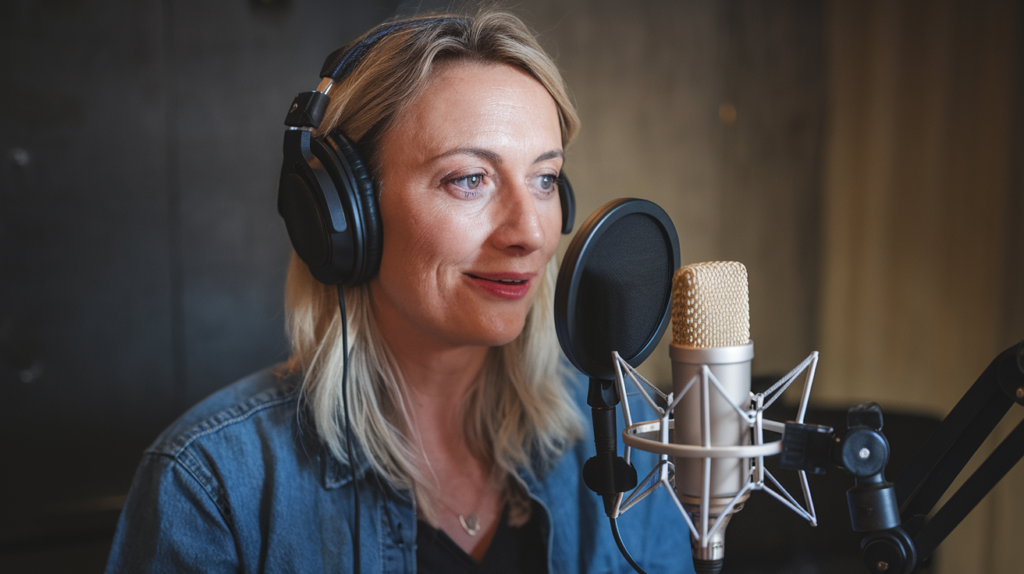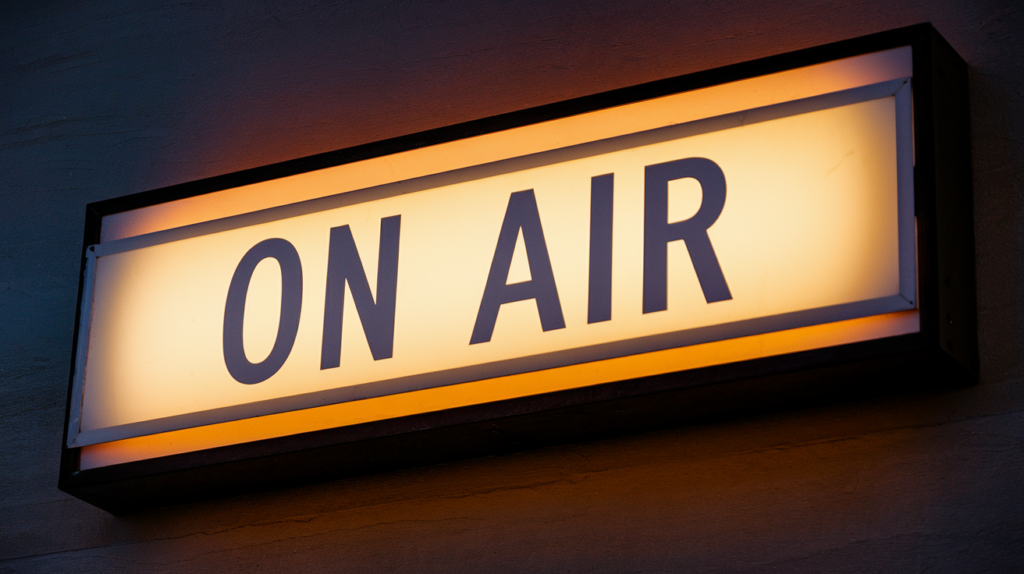When it comes to voiceovers, the nuances of language can make a world of difference. If you’re considering a project that involves French, you might find yourself torn between Walloon French and Standard French. Each brings its own unique flavor and cultural richness that can significantly impact your audience’s experience.
Walloon French, spoken primarily in Belgium’s Wallonia region, offers distinct phonetic characteristics and expressions not found in Standard French. Understanding these differences is crucial for anyone looking to connect authentically with their target demographic. Let’s dive into how these two variants stack up against each other in the realm of voiceover work and what you need to know to choose the right one for your needs.
Key Takeaways
- Understanding Language Variants: Walloon French and Standard French possess distinct phonetic characteristics, vocabulary, and cultural nuances that impact voiceover effectiveness.
- Pronunciation Differences: Notable variations in vowel sounds and intonation between the two dialects can influence clarity and emotional connection in voiceovers.
- Cultural Relevance: Walloon French reflects unique regional identities and cultural references that resonate deeply with local audiences, enhancing engagement through authenticity.
- Industry Preferences: Standard French is often preferred for corporate or international projects due to its clarity, while Walloon French is ideal for localized marketing efforts targeting Belgian audiences.
- Case Study Insights: Successful voiceover projects highlight the importance of selecting the right dialect based on audience demographics to maximize relatability and impact.
Overview of Walloon French and Standard French
Walloon French, a regional variant spoken in Belgium’s Wallonia region, differs significantly from Standard French. This variation features distinct phonetic characteristics, vocabulary choices, and cultural nuances. Understanding these aspects enhances the effectiveness of voiceovers tailored to this audience.
Standard French serves as the official language in France and many Francophone countries. It maintains uniformity across regions and is widely recognized for its clarity and formality. In contrast, Walloon French offers a rich tapestry of local expressions that resonate deeply with its speakers.
When selecting a voiceover talent for projects targeting Walloon audiences, consider the unique qualities required. A voice artist well-versed in Walloon nuances can deliver an authentic sound that connects meaningfully with listeners. Similarly, choosing a voice actor familiar with Standard French ensures clear communication that aligns with global standards.
Recognizing these differences not only improves audience engagement but also strengthens your brand’s connection to specific communities. By thoughtfully choosing between Walloon French and Standard French for your voiceover needs, you enhance your project’s overall impact while fostering authenticity in every production.
Key Differences in Pronunciation
Understanding pronunciation differences between Walloon French and Standard French is crucial for voiceover projects. These distinctions can significantly impact the effectiveness of your voiceovers.
Vowel and Consonant Variations
Vowel sounds differ notably between Walloon French and Standard French. Walloon often features nasalized vowels, which add a unique quality to speech. For example, the vowel sound in “vin” (wine) may sound more pronounced in Walloon.
Consonants also vary; the Walloon dialect tends to soften certain consonantal sounds compared to Standard French. For instance, the “r” sound might be less guttural in some Walloon pronunciations, affecting overall clarity and familiarity for listeners.
Intonation and Rhythm
Intonation patterns play a significant role in how messages are conveyed through voiceovers. In Walloon French, intonation tends to be more melodic than in Standard French, which can create a warmer tone. This melodic quality enhances emotional connection during voiceover delivery.
Rhythm differs as well; Walloon speakers often employ a more varied pace when speaking. This rhythm impacts timing and flow within dialogues or narratives, making it essential for voice artists to adjust their delivery style accordingly for each variant.
Grasping these key pronunciation differences ensures that you select appropriate voice talent suited for your specific audience’s preferences.
Cultural Context and Impact
Understanding the cultural context behind Walloon French and Standard French significantly enhances voiceover projects. These variations not only reflect linguistic differences but also embody distinct cultural identities that resonate with audiences.
The Role of Regional Dialects
Regional dialects, such as Walloon French, play a crucial role in shaping communication preferences. They carry unique expressions, vocabulary, and pronunciations that connect deeply with local audiences. When selecting voice talent, consider how these dialects influence emotional engagement. A skilled voice actor familiar with Walloon nuances can convey authentic cultural references that resonate powerfully with listeners.
Influence of Walloon Culture on Voiceovers
Walloon culture enriches the narrative quality of voiceovers aimed at this audience. Its traditions, folklore, and social norms infuse character into projects, making them more relatable. Voice artists who understand these cultural elements can deliver performances that capture the essence of Wallonia’s identity. This knowledge enables voice actors to select appropriate tones and styles that align with audience expectations and foster genuine connections through their work in voiceovers.
Application in Voiceover Industry
Choosing between Walloon French and Standard French impacts the effectiveness of voiceovers. Each variant offers unique advantages that cater to specific audience preferences, enhancing engagement.
Industry Preferences for Walloon French and Standard French
Voiceover projects often reflect regional nuances. Many industries prefer Standard French for its clarity and uniformity, particularly in corporate settings or international communications. However, Walloon French is favored for projects targeting local audiences in Belgium’s Wallonia region. Using a voice artist familiar with the local dialect can evoke authenticity and cultural resonance, making a significant impact on listener connection. This preference underscores the importance of understanding your target demographic when selecting voice talent.
Case Studies of Successful Voiceover Projects
Successful voiceover projects demonstrate the effectiveness of both dialects. For instance, a marketing campaign aimed at Belgian consumers may employ a voice actor fluent in Walloon French to enhance relatability and emotional impact. Conversely, an educational video intended for broader Francophone audiences might utilize Standard French to ensure clarity across diverse regions.
These case studies reveal how choosing the right variant aligns with project goals and audience expectations. Analyzing successful applications illustrates that informed decisions about dialect selection contribute significantly to the overall success of voiceovers in various contexts.
Conclusion
Choosing between Walloon French and Standard French for your voiceover projects is crucial for connecting with your target audience. Each variant brings its unique strengths to the table that can either enhance or hinder engagement. If you’re aiming for authenticity in a local context Walloon French might be the way to go. On the other hand if clarity and consistency are priorities Standard French could serve you better.
Understanding these nuances not only elevates your project but also ensures that your message resonates deeply with listeners. By considering these factors you’ll make informed decisions that optimize the effectiveness of your voiceover work, ultimately leading to greater audience satisfaction and impact.
Frequently Asked Questions
What is Walloon French?
Walloon French is a regional dialect spoken in Belgium’s Wallonia region. It features unique phonetic characteristics, vocabulary, and cultural nuances that distinguish it from Standard French. This dialect reflects the local identity and is essential for connecting authentically with Walloon audiences.
How does Walloon French differ from Standard French?
Walloon French differs primarily in pronunciation, vocabulary, and cultural references. While Standard French is more uniform and clear across Francophone regions, Walloon has distinct vowel sounds that may include nasalization and softened consonants, affecting clarity but enhancing emotional connection in voiceovers.
Why choose Walloon French for voiceover projects?
Choosing Walloon French can enhance relatability for projects targeting local audiences in Wallonia. A voice artist familiar with this dialect can convey authentic cultural references, making the message resonate better with listeners compared to using Standard French.
When should I use Standard French instead of Walloon French?
Standard French is ideal for corporate settings or broader educational content where clarity and uniformity are crucial. It ensures understanding among diverse Francophone audiences who may not be familiar with regional dialects like Walloon.
How do pronunciation differences impact voiceover work?
Pronunciation differences between Walloon and Standard French affect how messages are conveyed emotionally. Unique vowel sounds and varied rhythmic intonation in Walloon can create a stronger emotional connection while delivering the narrative effectively to targeted audiences.
What role does culture play in selecting a voiceover dialect?
Culture significantly influences audience engagement. Understanding the cultural context behind both dialects helps select suitable voice talent that resonates with specific communities—enhancing authenticity and strengthening brand connections through relevant narratives.
Can you provide examples of successful voiceover projects using these dialects?
Yes! For instance, marketing campaigns aimed at Belgian consumers often utilize a voice actor fluent in Walloon to enhance relatability. In contrast, educational videos targeting wider Francophone audiences typically employ Standard French for its clarity and accessibility.






